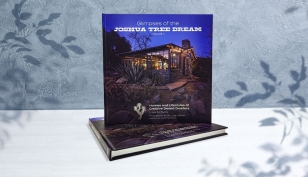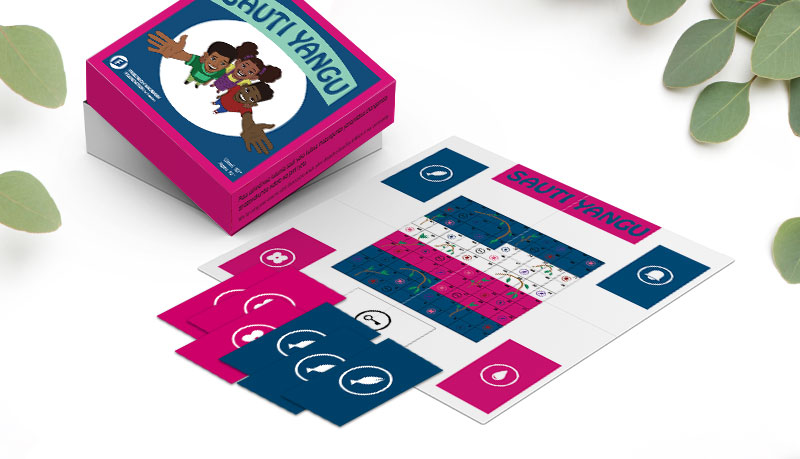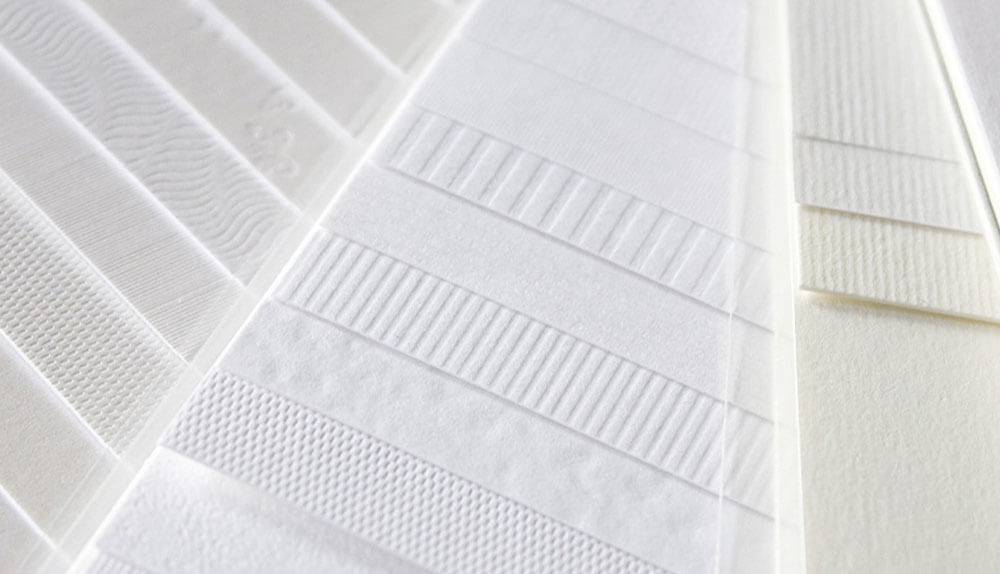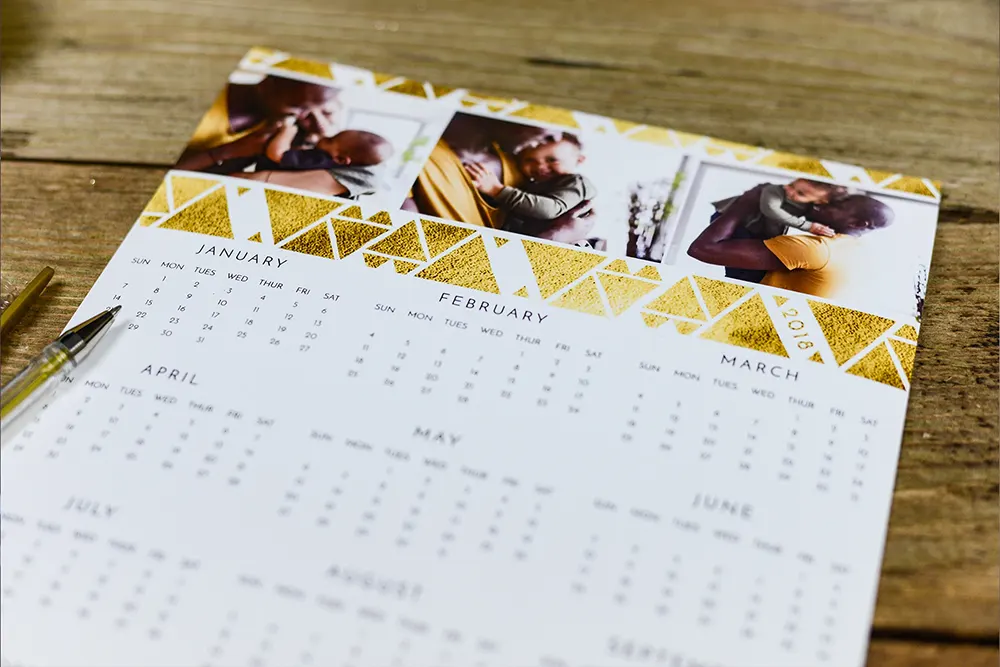If you need a large-sized hardcover edition of your book — for example, a fine art or photography book, a coffee-table book, or an oversized illustrated children's book — these ideas and resources are for you!
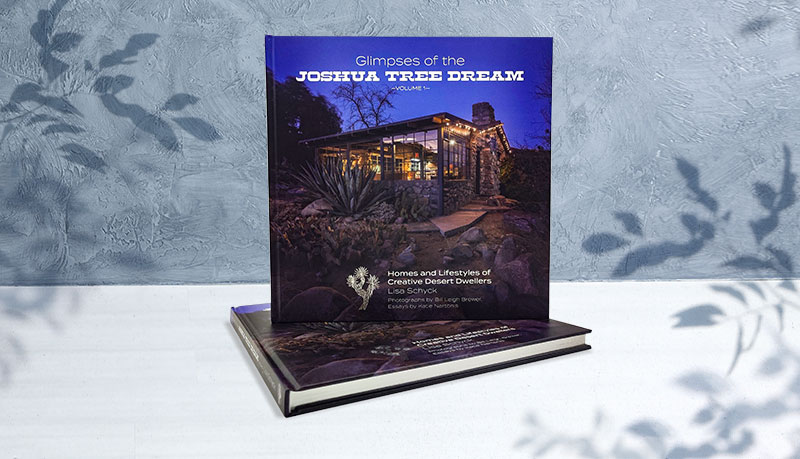
In an age where digital media seem to dominate the self-publishing industry and increasingly all areas of the independent creative scene, a beautifully crafted hardcover book stands out as a timeless piece of art, a tangible expression of your creativity and unique contribution to your genre. Whether you're a seasoned author or an emerging writer, hardcover book printing can make a lasting impression on your readers, adding prestige and authenticity that softcover or digital formats simply can't match.
The solid feel of a hardcover book in the reader's hands, the crisp turning of high-quality pages, and the elegant presentation of an enriched cover, perhaps with embossed titles and your name in metallic foil, all contribute to a richer reading experience and more powerful visibility for your author brand. This format protects your work physically, too; making sure it lasts for years, even generations, to come. Hardcover books are more resistant to wear and tear than other printed formats, making them ideal for fine art or photographic collections, coffee-table books, and gifts.
So, whether you're creating a coffee-table book filled with stunning photography, a fine art book showcasing full-color illustrations, a large-size children's illustrated book, a detailed travelogue, or your graphic novel masterpiece,a hardcover format provides the perfect canvas. From memoirs and inspirational books to novels and self-help guides, a professional hardcover edition gives your creativity the high-end presentation it deserves, making your work stand out in any genre.
Why choose a hardcover book?
Choosing a hardcover book for your publication is a statement of your status, values, and style. A hardcover book exudes a sense of prestige and quality that is immediately apparent to anyone who holds it. It communicates to your readers that you value your work enough to present it in the most durable and aesthetically pleasing format available. This choice reflects your commitment to excellence and your desire to provide a superior reading experience for them, too. In an industry where first impressions can be make-or-break, a hardcover edition sets your book apart as a work of distinction and importance.
Hardcover editions, as we've noted, offer a professional presentation that is ideal for a wide range of literary genres and formats. Memoirs and autobiographies benefit from the robust and enduring nature of a hardcover, symbolizing the lasting impact of the author's life story. Novels and short story collections in hardcovers encourage readers to keep them on their shelves for years to come, where they will be silent but powerful ambassadors to anyone else who sees them or picks them up. Graphic novels, with their vivid illustrations and dynamic storytelling, find a perfect home in the sturdy and visually appealing hardcover format, which protects the artwork while enhancing its display.
Self-help books, travelogues, and other non-fiction genres also gain significant advantages from being published as hardcover editions. For self-help and inspirational books, the physical presence of a hardcover can reinforce the weight and seriousness of the content, making the advice and insights contained within feel more substantial and trustworthy and boosting your reputation as a “thought leader” in your industry or niche. Travelogues and fine art books benefit from the expansive, high-quality pages that showcase photographs and illustrations in their full glory, providing readers with an immersive visual experience. In short, regardless of the genre, a professional hardcover edition elevates the content, making it a treasured addition to any reader's collection.
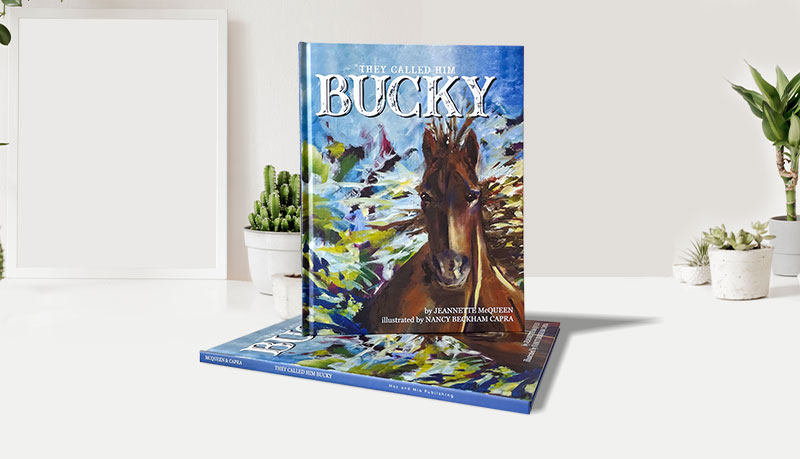
Types of covers for hardcover books
Dust Jacket Covers
Dust jacket covers are the most common and practical way of covering a hardcover book, offering both protection and an opportunity for creative expression. A dust jacket is a removable outer cover, usually made of paper, which wraps around the book's hardcover, providing five printable surfaces: the front cover, back cover, spine, and two inside flaps. This allows for extensive design possibilities, making the book visually appealing on all sides and allowing a lot of “real estate” for added information and messaging.
Customization options for dust jackets are numerous. They can be printed in full color, allowing for vibrant, eye-catching designs that capture the potential reader's attention. A gloss coat can add a shiny, reflective finish, enhancing the colors and making the cover more resistant to smudges and scratches. Alternatively, a matte coat provides a more subdued, elegant look, which can be preferable for certain genres or styles. Additional effects such as embossing (raising elements of the design), debossing (pressing elements into the surface), lamination (adding a protective plastic layer), and foil stamping (applying metallic foil to specific areas) can further enhance the visual and tactile appeal of the dust jacket, making it a truly bespoke element of your book.
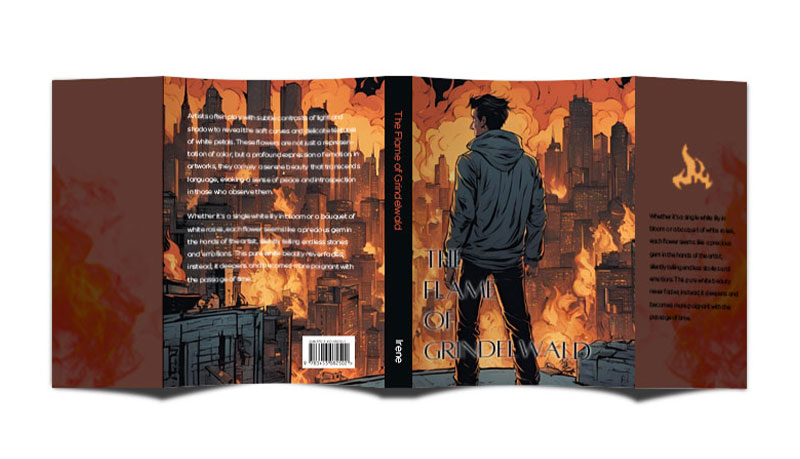
Image Wrapping Covers
Image wrapping covers offer an economical and innovative option for hardcover books. In this approach, the cover material itself is printed with text and images and then laminated with a protective coating. This method essentially wraps the book in its printed design, creating a seamless and cohesive look that stands out on any bookshelf.
Customization options for image wrapping covers are extensive. Beyond the basic full-color printing, you can add various special effects to elevate the design. Embossing and debossing can create tactile elements that invite readers to touch and explore the cover. Foil stamping adds a touch of luxury with metallic highlights, while UV spot coating can be used to draw attention to specific areas with a glossy finish. This style of cover is often seen in popular annuals and holiday editions, making it a versatile and cost-effective choice for many types of books.
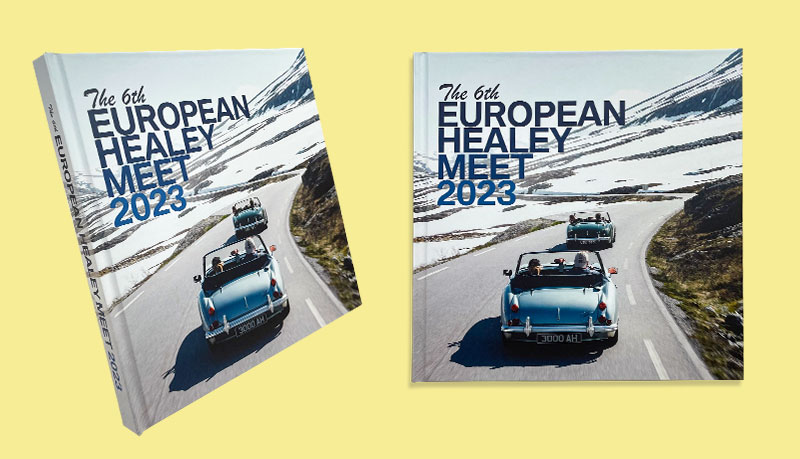
Cloth Covers
Cloth covers are a traditional and timeless option for hardcover book printing, offering a range of colors and textures to suit any aesthetic. At QinPrinting, we source only the finest fabrics, providing options from ruggedly rustic to surprisingly smooth textures. Cloth covers exude a sense of classic elegance and durability, making them a popular choice for high-end publications.
While it's not possible to print images directly onto the fabric due to material limitations, there are several ways to customize cloth covers. Debossing can be used to impress areas of the cover mechanically, which allows for the mounting of printed images. Foil stamping in copper, bronze, silver, or gold can add a luxurious touch, highlighting titles or other design elements. Custom logos or text can also be debossed into the cloth, creating a sophisticated and bespoke look that sets your book apart.
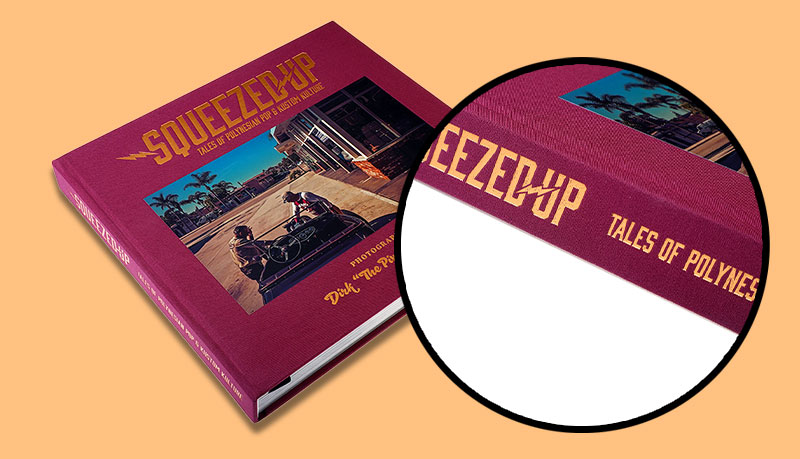
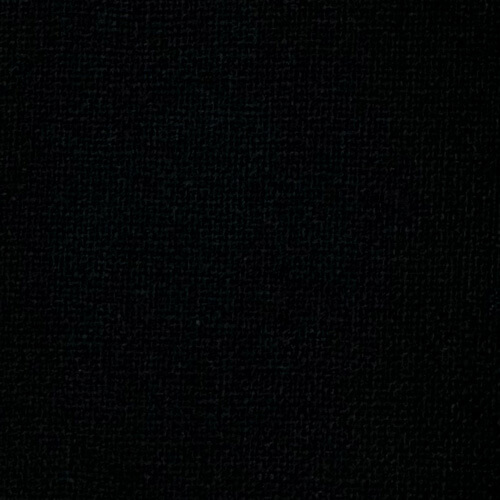
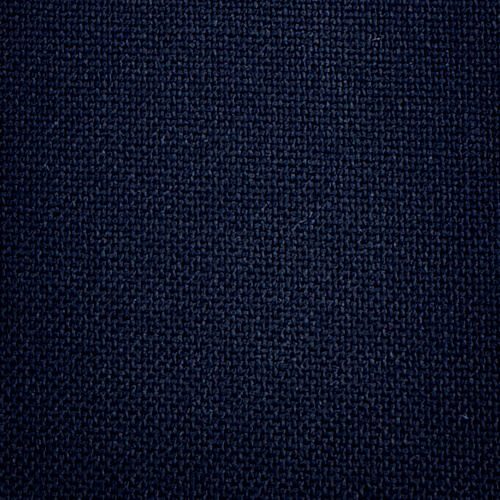
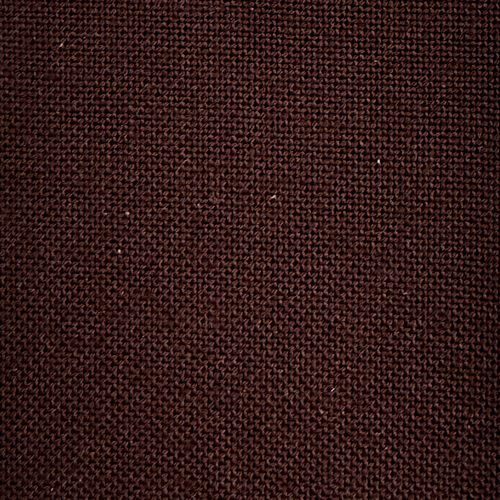
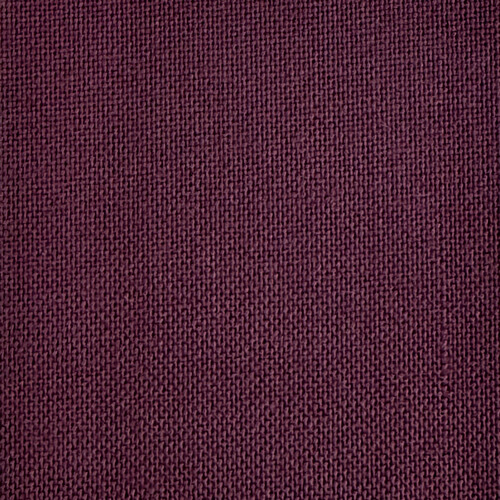
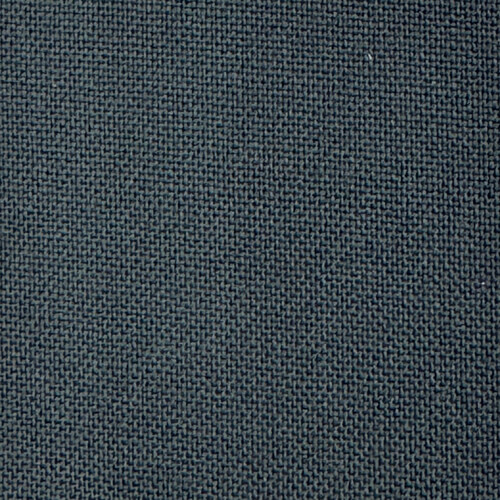
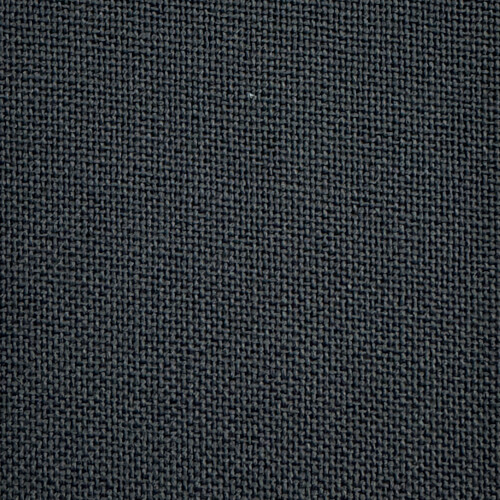
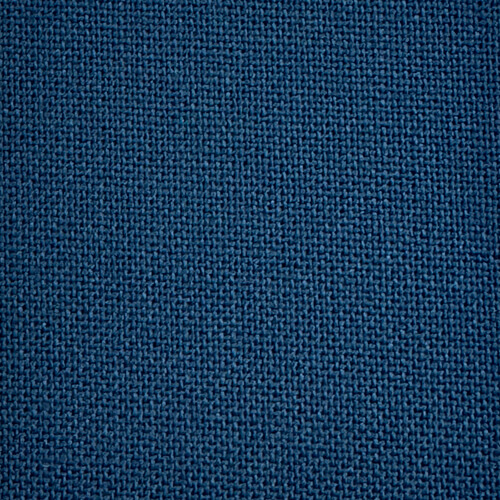
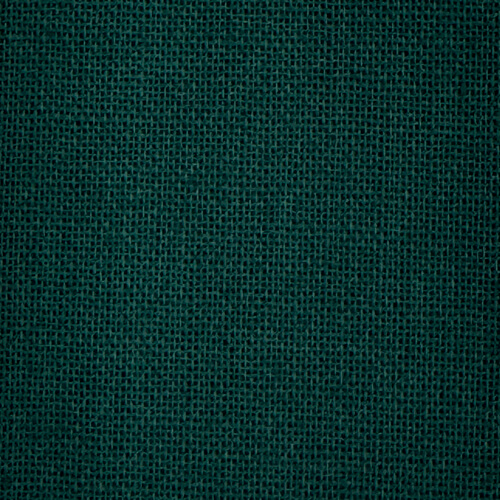
Vinyl covers
Vinyl covers offer a unique and practical option for hardcover book printing. Vinyl is a synthetic, pliable, and waterproof material that provides a distinctive look and feel. For hardcovers, vinyl sheets are applied directly to the casing, offering a durable and moisture-resistant finish. Padded vinyl covers take this a step further by adding an internal layer of padding, creating a soft and cushioned feel.
Customization options for vinyl covers are plentiful. Besides choosing from a range of colors, you can enhance the covers with various effects such as embossing, debossing, and foil stamping. Padded vinyl covers can also include additional decorative elements, making them an ideal choice for books that need a unique, protective, and tactile cover.
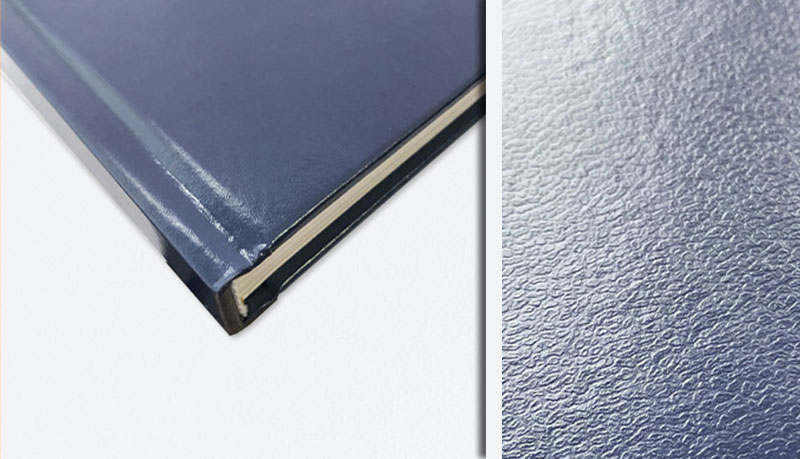
Imitation leather covers
Imitation leather covers provide a luxury and traditional option for hardcover books without the ethical concerns associated with real leather. These covers are cruelty-free and very realistic, mimicking the appearance of traditional vellum and calfskin products. Imitation leather covers are ideal for books that require a superior and elegant presentation, such as limited editions, collector's items, or special gift books.
The customization possibilities for imitation leather are extensive and include decorative techniques such as tooling, gold leaf, embossing, dentelle (intricate decorative edging), and pebbling (creating a textured surface). You can choose to have your book fully or partially bound in imitation leather, with the remainder of the cover made from materials such as marbled paper, high-quality cloth, or soft touch laminated paper. This flexibility allows for a highly personalized and luxurious finish.

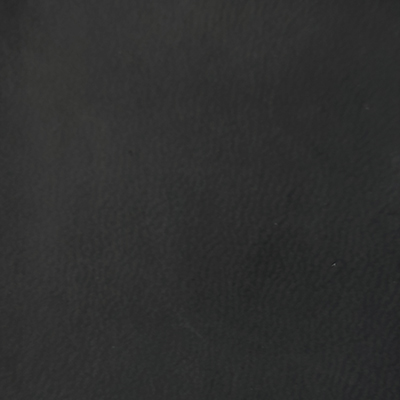
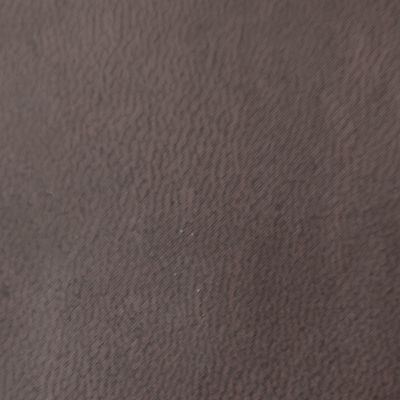
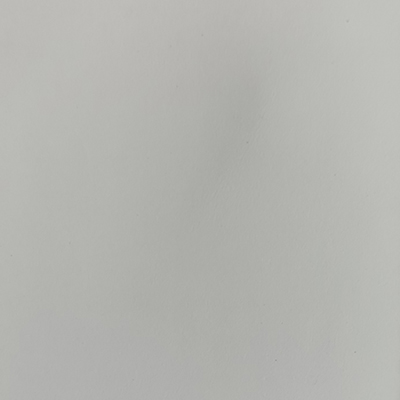

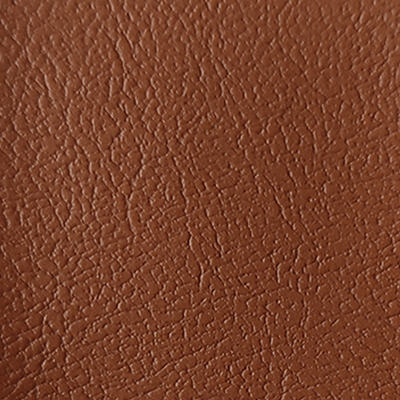
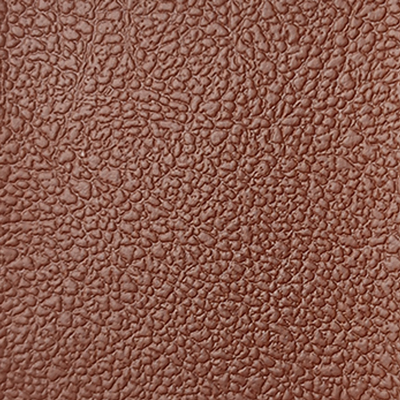
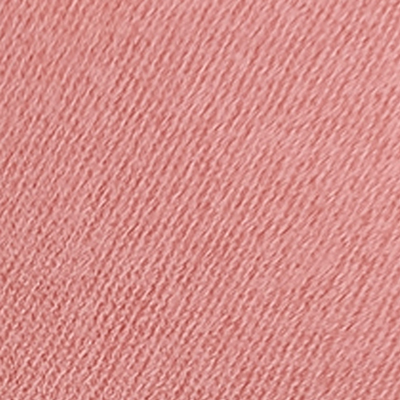
Slipcases
Slipcases add an extra layer of style, protection, and class to your hardcover books. Made from stiff card stock and tailored to the size of your book, slipcases can house one or more volumes and offer enhanced protection from dust, light, and damage. They are particularly suitable for special editions, boxed sets, or high-end publications.
Customization options for slipcases are varied. They can be covered with printed paper, cloth, vinyl, or leatherette, matching or complementing the book's cover. Slipcases can also be printed, embossed, debossed, gilded, and foil stamped, creating a cohesive and luxurious package. These enhancements not only protect the book, but also provide an impressive presentation that makes a statement on any bookshelf.
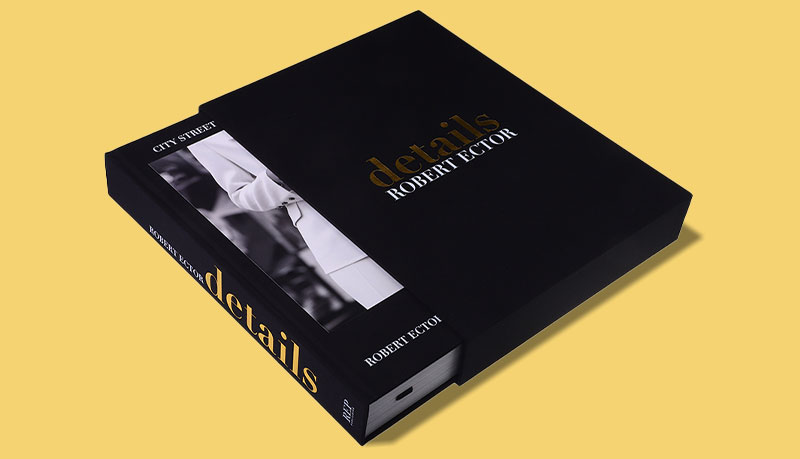
Binding options for hardcover book printing
At QinPrinting, we strongly encourage all our clients to opt for sewn-and-glued binding if they choose hardcovers for their books. The benefits of sewn hardcover binding extend beyond just durability and aesthetics. For example:
Durability: Sewn bindings are known for their strength and longevity. The sewing process securely attaches the pages together, which prevents them from coming loose over time, even with frequent use. This makes sewn bindings ideal for books that are meant to be kept and cherished, such as coffee-table books, special editions, and art books.
Flexibility: Books with sewn bindings can lay flat when opened, which is a significant advantage for certain types of books. This feature is particularly beneficial for cookbooks, manuals, art books, and any other book where the reader needs to reference content without holding the pages open.
Professional Appearance: The craftsmanship of a sewn binding is evident in the finished product. The neat, consistent stitching and the ability to include decorative elements like headbands and ribbons add to the professional and high-end look of the book. This can enhance the perceived value of the book, making it more appealing to buyers and collectors.
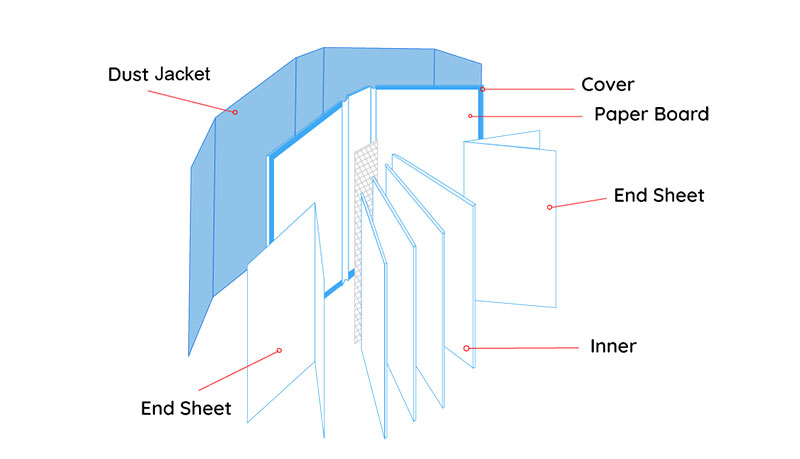
How sewn hardcover binding is made
The process of creating a sewn hardcover binding involves several steps, each contributing to the final quality of the book. At QinPrinting, we pride ourselves on our craftspersonship and on our attention to every detail. This is a broad outline of what's involved:
Printing and folding: The interior pages of the book are printed in sections known as “signatures”. Each signature is a set of pages printed on a large sheet that is then folded into a smaller section. This folding process is super-important, as it determines how the pages will align and open.
Sewing the signatures: Once the signatures are folded, they are sewn together along the fold. This sewing process uses strong thread to stitch through the fold of each signature, creating a secure and flexible binding. The sewn signatures are then assembled into the full book block.
Gluing and casing: The sewn book block is then glued to the spine, guaranteeing additional strength and stability. The next step involves casing the book block into the hardcover casing. The casing is prepared separately and includes the cover material wrapped around the grey board. The book block is glued into the casing, and the endpapers are attached, completing the hardcover book.
By choosing sewn hardcover binding, you make sure that your book is not only visually appealing but also durable and user-friendly. This binding method provides a high-end finish that enhances the reader's experience and preserves the book's integrity for decades, or even hundreds of years, with normal use.
Custom hardcover paper options
Choosing the right paper for your hardcover book is vital to achieving the best possible presentation of your content. Different types of paper are better suited for different kinds of content, such as illustrations, text, or photographs. Here we've put together some suggestions to guide you in selecting the appropriate paper:
Illustrations and photographs: For books that feature colorful illustrations, cartoons, or photographs, gloss or matte art paper is recommended. Gloss paper offers a shiny finish that makes colors vibrant and images sharp, ideal for coffee-table books, art books, and photography collections. Matte paper, on the other hand, provides a non-reflective surface that reduces glare and enhances readability, making it a great choice for books with a mix of text and images.
Text-heavy content: For books that are primarily text, such as novels, memoirs, and poetry collections, uncoated offset paper is the best option. This type of paper has a natural, absorbent surface that is easy on the eyes and ideal for reading. It also gives a classic, elegant feel to the book, which is perfect for literary works.
Mixed Content: If your book includes a combination of text and images, you might want to consider using a coated paper for the illustrations and an uncoated paper for the text. This can provide the best of both worlds, with both images that are vibrant and text that is readable.
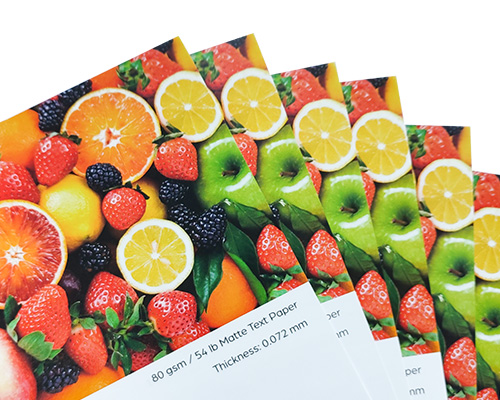
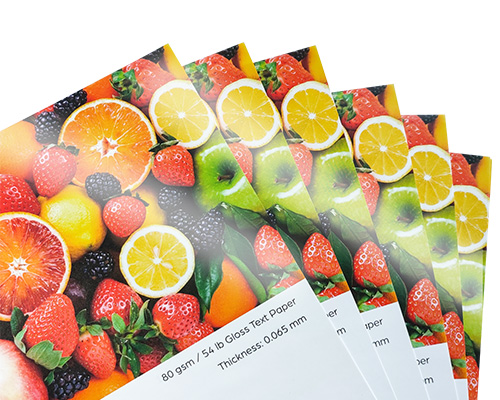
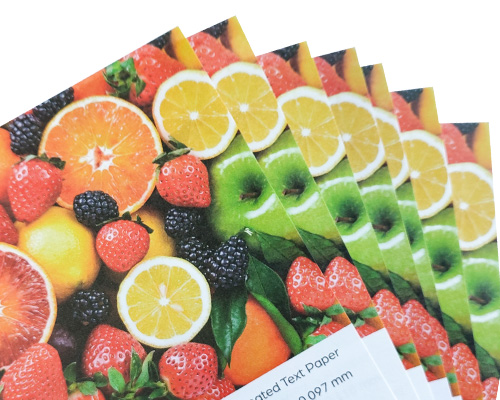
Recommended paper weights for interiors, covers, and endpapers
When selecting paper for your hardcover book, aside from considering the kind of content you're going to print, you will need to consider different paper weights (thicknesses) for the interiors, covers, and endpapers. This will influence not only the quality of the print results but also the size, spine width, and overall cost of your finished book. Here are some options we recommend:
Interior Paper:
- Coated Text Paper: For vibrant, full-color printing, consider using gloss or matte coated text paper in weights such as 80 gsm (54 lb), 105 gsm (71 lb), 128 gsm (86 lb), 157 gsm (106 lb), or 200 gsm (135 lb). These weights provide a balance between durability and flexibility, making them suitable for various content types.
- Uncoated Text Paper: For text-heavy books, uncoated text paper in weights such as 80 gsm (54 lb), 100 gsm (68 lb), 120 gsm (81 lb), or 140 gsm (95 lb) is recommended. This paper type offers excellent readability and a traditional feel.
Cover Paper:
- Hardcover Casing Paper: The standard recommendation for hardcover casing paper is 157 gsm (58 lb) cover paper, which can be wrapped on 2mm, 2.5mm, or 3mm grey board. This provides a sturdy and attractive cover that can be further customized with various finishes.
- Other Materials: Depending on your desired aesthetic, you might also consider cloth, vinyl, or leatherette wrapped on gray board for a unique and tactile cover experience.
End Sheet Paper:
- Textured or Colored Paper: Endpapers can add a special touch to your hardcover book. Consider using textured paper in weights like 120 gsm (80 lb) or colored paper in weights like 140 gsm (95 lb). These papers can complement the interior design and provide an additional element of quality.
- Matte or Gloss Paper: For a cohesive look, you can also choose matte or gloss text paper in weights like 157 gsm (106 lb) to match the interior paper.
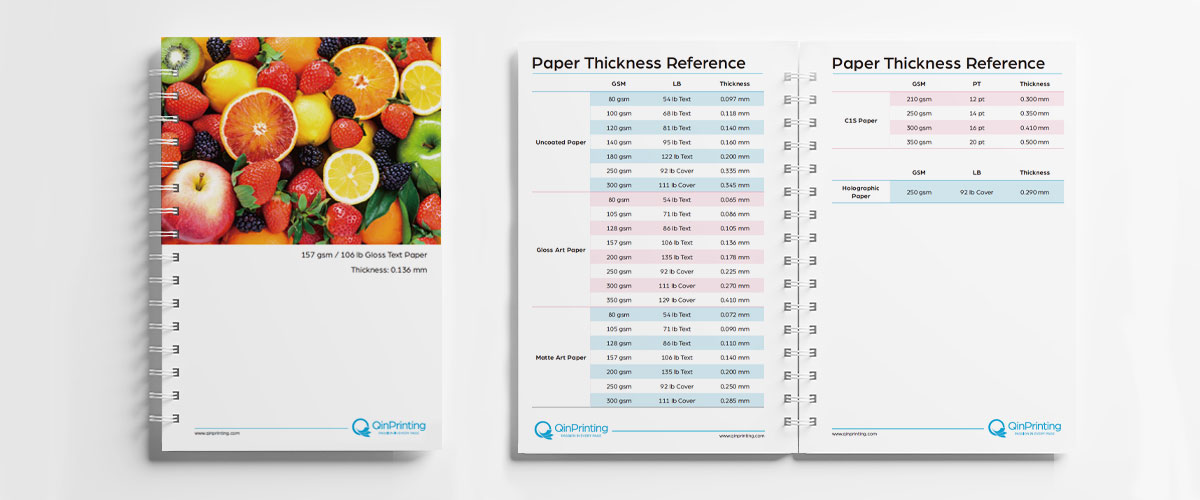
By carefully selecting the appropriate paper weights for each component of your hardcover book, you can make sure that your content is presented in the best possible light, enhancing the overall reading experience and making a lasting impression on your audience while also managing the size of the finished volume and the impact on your budget.
Design and artwork tips for hardcover books
When designing artwork for hardcover book printing, it's essential to understand the technical requirements to guarantee a flawless print. These include bleed zones, safety areas, trim lines, and the correct resolution.
- Bleed Zones: A bleed zone is an extended area around the edges of your design that ensures your images or backgrounds extend beyond the final trim size. This prevents any white edges from appearing when the pages are cut. Typically, a bleed of 3 mm (0.125 inches) is recommended. Including a bleed ensures that the final product has a seamless edge without any unintended gaps.
- Safety Areas: The safety area is a margin inside the trim line where important content should not be placed. This ensures that no crucial elements like text or vital parts of images are accidentally cut off during the trimming process. It's advisable to keep all essential content at least 10 mm (0.394 inches) away from the trim line.
- Trim Lines: Trim lines indicate where the final cut will be made. It's crucial to understand that any content outside the trim line will be cut off, and any content too close to it might risk being trimmed.
- Correct Resolution: The resolution of your images should be at least 300 DPI (dots per inch) to ensure they print clearly. Low-resolution images may appear blurry or pixelated. For vector graphics, ensure they are properly exported to maintain quality.
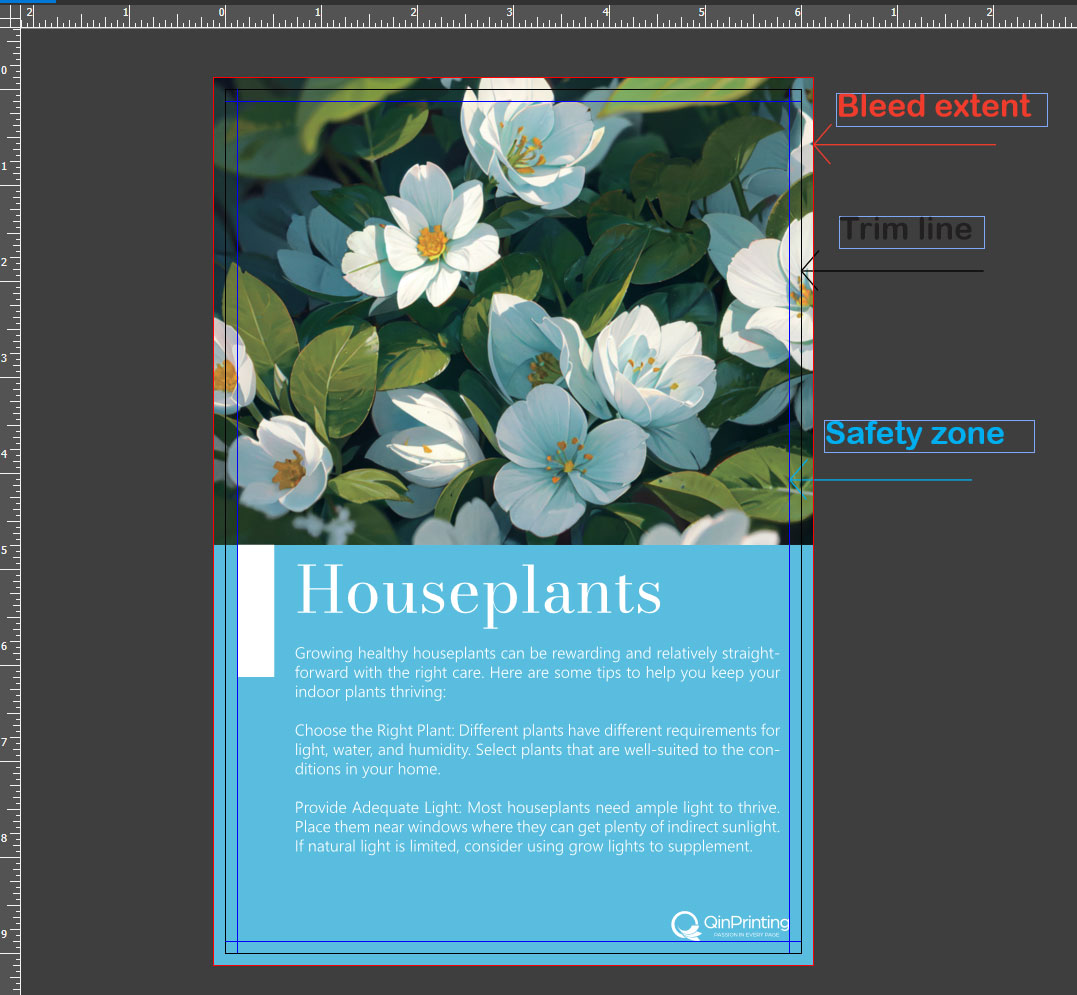
Tips for working with design software or professional designers
Creating print-ready files requires precision and an understanding of the printing process. Here are some tips whether you're working on your own or with a professional designer:
- Using professional design software: Software like Adobe InDesign and Illustrator are ideal for creating high-quality, print-ready files. These programs allow you to manage color spaces, set up bleed and trim lines, and ensure the resolution is adequate.
- Color space conversion: Make sure all your images and documents are in CMYK color space rather than RGB. CMYK is used for printing and will provide more accurate color reproduction rather than RGB, which is meant only for on-screen visualization.
- Allow for binding margin: For books with a sewn hardcover binding, remember that the binding process might take up some space. So make sure that no important content is placed in the area that will be sewn.
- Consult with a designer: If you're not familiar with design software or the printing process, hiring a professional designer can be a wise investment. They will ensure that your files meet all technical requirements and help avoid costly mistakes.
Checklist for getting your files print-ready
Before sending your files to print, use this list to check that everything is in order:
- Resolution: All images should be 300 DPI or higher.
- Bleed: Ensure a 3 mm (0.125 inches) bleed around all edges.
- Safety Area: Keep all crucial content at least 3 mm (0.125 inches) away from the trim line.
- Trim Lines: Clearly mark the trim lines.
- Color Space: Convert all images and documents to CMYK color space.
- File Format: Export your final files as high-quality (print) PDFs.
- Consistency: Check that fonts, colors, and layouts are consistent throughout the document.
- Double-Check Spreads: Ensure that images and text that span across two pages are aligned correctly.
- Proofread: Thoroughly proofread your text for errors.
Cost and ordering information for hardcover book printing
One of the significant advantages of choosing QinPrinting for your hardcover book printing is our competitive pricing and low minimum order quantity (MOQ). Unlike many printing services that require a minimum order of 1,000 or more copies, we offer an MOQ of just 100. It's an essential aspect of our mission to make our services accessible for self-publishers and small businesses to produce high-quality hardcover books without the need for a large upfront investment.
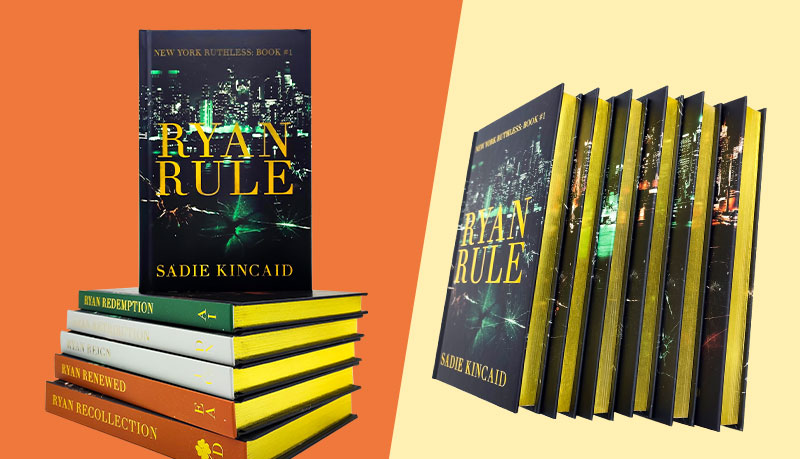
Benefits of ordering larger quantities
While the low MOQ is an attractive option for many, there are additional benefits to ordering larger quantities. The cost per unit decreases as the quantity increases, offering substantial savings for larger print runs. This is particularly advantageous for authors planning to distribute their books widely or for businesses that need bulk copies for promotional purposes. Larger orders also allow for better budgeting and planning, ensuring you get the most value for your investment.
How to get an immediate estimate using QinPrinting's cost calculator
At QinPrinting, we provide you with a custom-made and an easy-to-use online pricing calculator that allows you to get an immediate estimate for your project. Here's how you can use it:
- Go to QinPrinting's cost calculator page.
- Input the details of your book, such as size, page count, paper type, binding type, and quantity.
- The quote engine will automatically calculate the cost based on your specifications, giving you a clear idea of the total price and cost per unit.
- You can adjust the specifications to see how changes in size, paper quality, or quantity affect the overall cost.
This tool is invaluable for planning your project and ensuring it fits within your budget.
Talk to us — we're here to help!
A custom-printed hardcover book is more than just a physical object; it's a statement of quality, professionalism, and dedication to your craft. Whether you are a self-published author, a business, an artist, or a photographer, a well-crafted hardcover book elevates your work, providing a durable and stylish presentation that stands the test of time. From the feel of the cover to the clarity of the printed images and text, every element contributes to a product that readers will cherish.
We encourage you to take the next step and explore the possibilities that QinPrinting offers. With over 25 years of experience, a dedicated team of experts, and state-of-the-art technology, we're committed to helping you produce a hardcover book that meets your highest standards. Whether you need guidance on design, paper selection, binding options, or pricing, our expert customer service team is ready to assist you every step of the way.
Don't hesitate to get in touch about your hardcover book printing project and discover how you can create a beautiful, custom-printed hardcover book that exceeds your highest expectations.
Shoot us an email to sales@qinprinting.com or call us at +1 951 866 3971 and we'll be delighted to discuss your needs.





